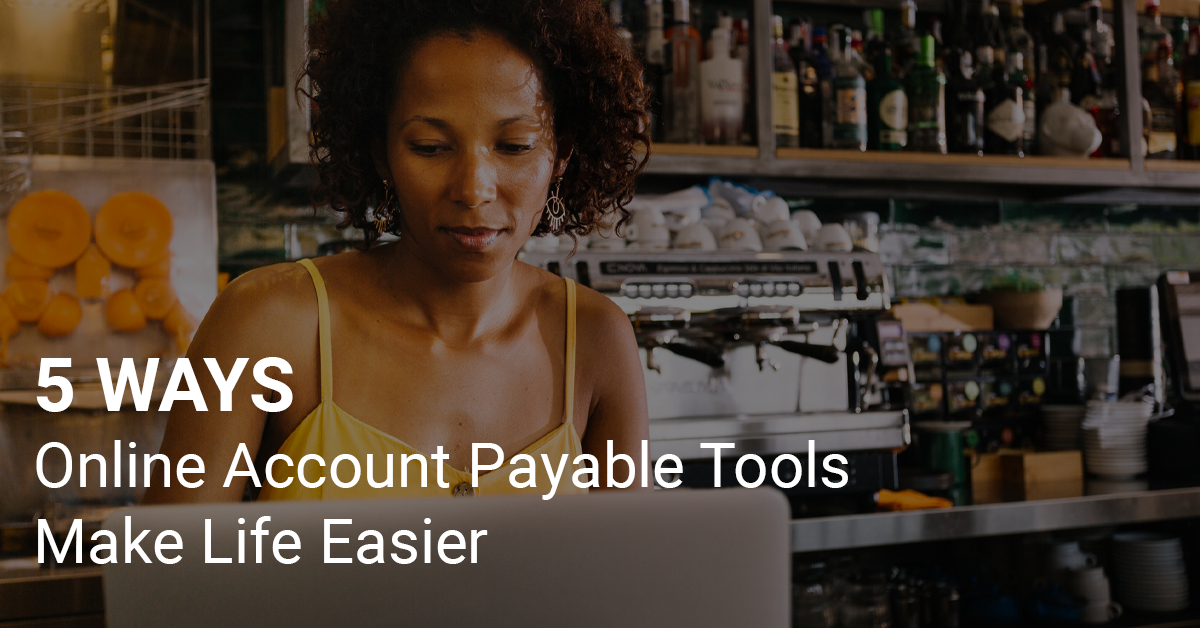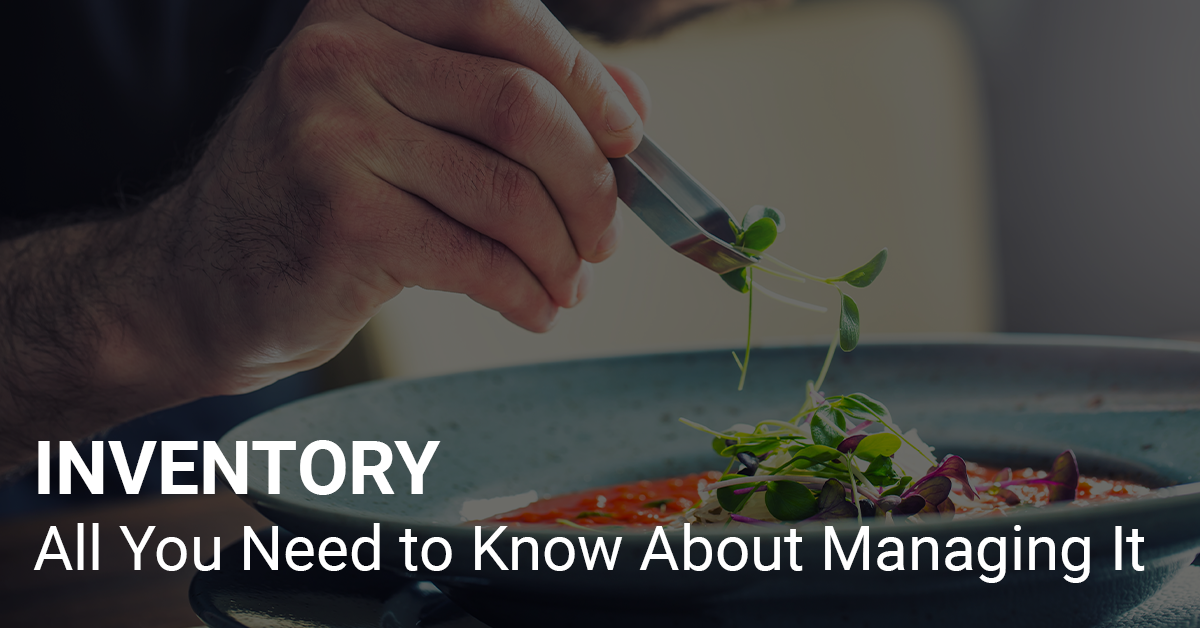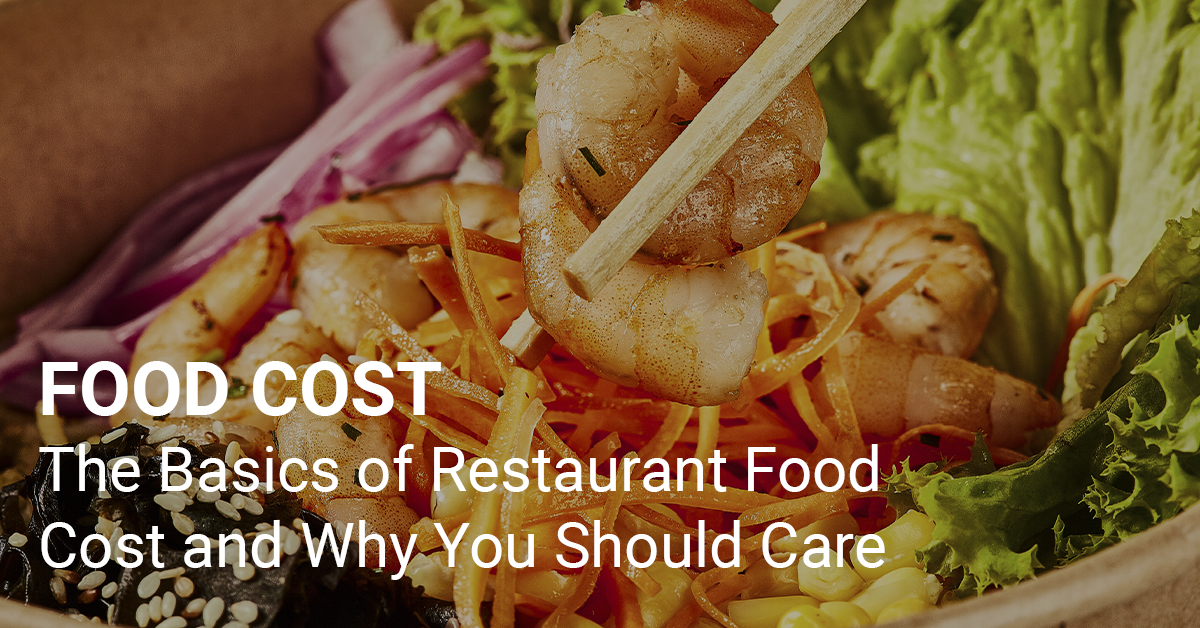Tracking, recording and paying invoices by hand is a headache that all restaurant owners, operators and bookkeepers have to deal with.
Accounts Payable (AP) automation is a technology that addresses these inefficiencies that restaurants have turned to.
An automated invoice processing system allows restaurant operators to spend less time with paper invoices and more time on restaurant operations. This provides a stellar experience for guests.
Digital payments to vendors are a growing trend in the restaurant industry. To better understand the benefits of a digital payment process, we’ve added some notes below.
INDUSTRY SHIFTS TOWARDS DIGITAL PAYMENTS
AP departments historically recorded vendor invoices manually, cross-checked numbers by hand, entered them in system and sent payments via paper check. Like any manual process, technology has been able to streamline this process, saving time and money for operators.
So why are AP teams and vendors turning to virtual payments?
Simply put, virtual payments replace a scheduled paper check and eliminate manual paperwork.
LESS COST THAN MANUAL PAYMENTS
Paper checks may seem like standard practice but there are several hidden costs involved. Sending checks in the mail incurs the cost of postage as well as the time it takes to send a paper check and record the transaction.
Once a payment is sent, you then need to wait for the payment to post and ensure the balance in your account will cover said payment. This process could take days or weeks to ensure the right person receives the check and claims it in a timely manner.
Digital Payments on the other hand cost significantly less money and post immediately, leaving a digital paper trail attached to the invoice and showing exactly where the payment is being applied.
MORE EFFICIENCY AND ACCURACY
Digital payments can be sent and received in a matter of days. This allows restaurants to pay their vendors faster with fewer opportunities for miscommunication and errors.
With paper invoices, each invoice must be manually entered into a system and continually checked for accuracy. Because there are so many steps involved to ensure accuracy, you are paying for it in time and resources.
Digital payments provide consistency. Digital payment systems check for duplicate invoices and verify amounts. You can even set payment approval rules that are automatically routed through the system. This is perfect for multi-unit operators. Your team can reference back and understand the status of each invoice and what is pending approval or in process.
With this streamline efficiency the team is able to focus on more important tasks like running the restaurant.
WHY VENDORS LOVE DIGITAL PAYMENTS
Vendors are becoming more interested in virtual payments for a number of reasons. Everyone likes to be paid faster and on time. Vendors are no exception. Digital payments allow vendors to receive payments quickly and on time. No more following up with customers looking for paper checks.
Overall, digital payments allow you to streamline your Accounts Payable Process by adding efficiencies to every step. Digital Payments allow you to pay how you want and when you want. They even provide a less costly, more reliable and safer solution to writing paper checks.
I’m sure all your personal financing and bill pay is done electronically. Why should your restaurant be any different?
HOW TO GET STARTED
Schedule time with our team to learn more and get set up today!









